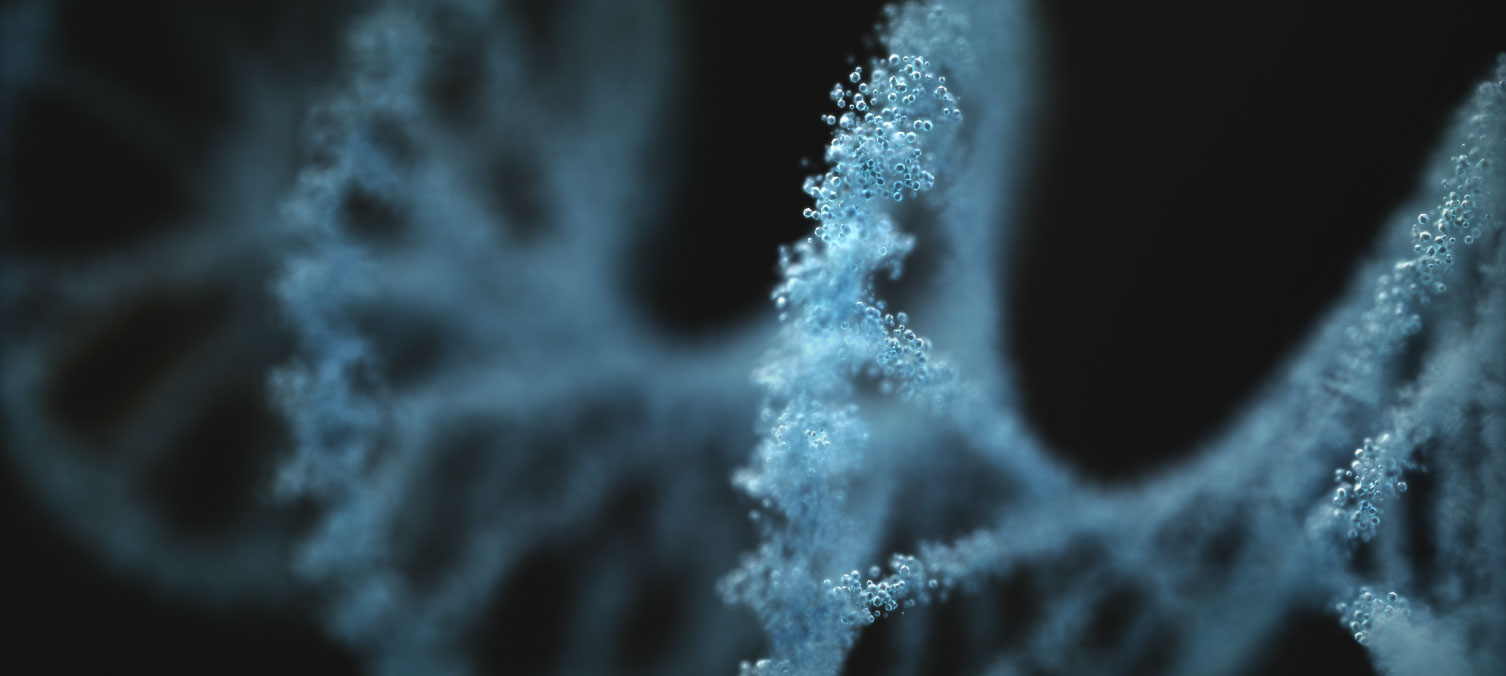The analysis of gut microbial metabolites will facilitate the understanding of gut physiology and the role of gut microbiota in the gastrointestinal tract. Lipidomics is the study of one of the most sophisticated categories of metabolites that aims at studying the pathways and networks of cellular lipids in biological systems. Simple chemical structures as lipids might be, the composition of the lipidome is complex, lipidomics research offers a biologically and analytically approach to study gut microbiota. The research often involves the identification and quantification of the thousands of lipids in the gastrointestinal tract and their interactions with other metabolites, microbes, and the host.
Modern lipidomics has been greatly accelerated by the development of spectrometric techniques, especially soft ionization techniques for mass spectrometry, which does not cause extensive fragmentation to proceed comprehensive and correlated detection of an entire range of lipids within a complex mixture. Due to the great advances in technologies such as mass spectrometry (MS), nuclear magnetic resonance (NMR) spectroscopy, fluorescence spectroscopy, chromatography, microfluidic devices, and computational methods, we can examine the structures, functions, interactions, and dynamics of lipids, and lipidomics springs as an attractive field of metabolomics.
CD Genomics, as a preeminent corporation that specializes in multi-omics and equipped with state-of-the-art techniques as well as well-experienced scientists, provides one-stop lipidomics services for your gut microbiota research. The typical workflow falls into the following steps:
Sample preparation
Sample handling is a key step in lipidomics research, with the quality of the sample weighing heavily on the subsequent steps. Given the diversity in lipid classes, there is hardly a universal extraction method to accommodate all lipids. We provide delicate lipids extraction techniques according to the state of the raw material and research purpose, going through all the processes from tissue homogenization and cell lysis to lipid extraction in a custom solution, to ensure the following steps run smoothly.
Lipids Separation
Separation achieves various goals: to increase resolution and reduce ion suppression in the identification, and the retention time of the analyte serves as valuable information. We provide the following techniques for lipids separation:
◆ Thin-layer chromatography (TLC): offers a rapid and comprehensive screening tool prior to more sensitive and sophisticated techniques;
◆ Solid-phase extraction (SPE) chromatography: offers a rapid, preparative separation of crude lipid mixtures into different lipid classes;
◆ High-performance liquid chromatography (HPLC) or liquid chromatography (LC): is extensively used in the lipidomic analysis to separate lipids prior to mass analysis. Electrospray ionization (ESI) and atmospheric pressure chemical ionization (APCI) are both available.
Lipids Identification
The identification brings comprehensives insights into lipidomics study – with our advanced lab equipment, we run tests from lipidome composition level to molecular structure characterization level. The following techniques are at your disposal:
◆ Mass spectrometry (MS)
◆ Tandem mass spectrometry (MS/MS)
◆ Nuclear magnetic resonance (NMR) spectroscopy
◆ Fluorescence spectroscopy
Data Analysis
Coupled with powerful analysis platforms, we provide not only lipid identification and quantitation services, but also pathway analysis, statistical analysis, metabolic network analysis, and other bioinformatics analyses.
With adequate analytical tools and pipelines, we promise to provide the best solutions to meet your requirements. If there is any need of yours, do not hesitate to contact us!
*For Research Use Only. Not for use in diagnostic procedures.


